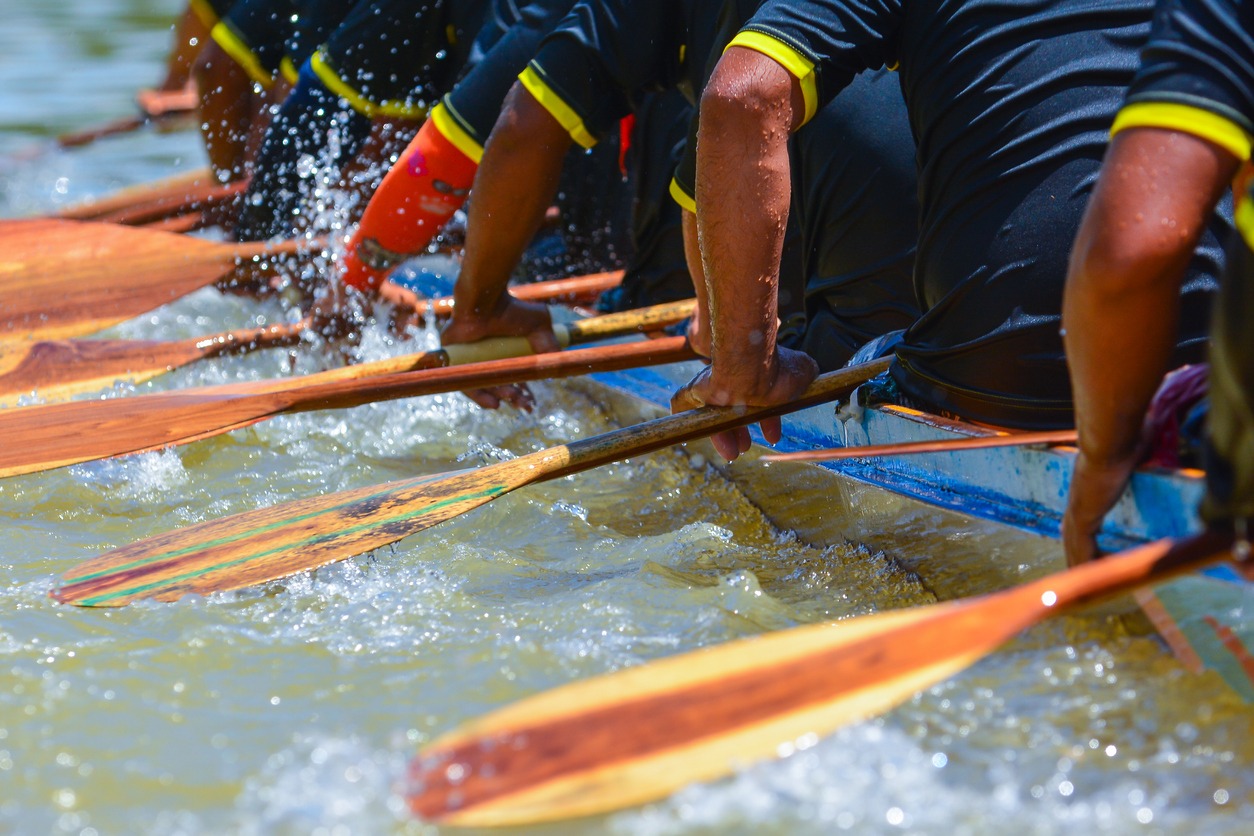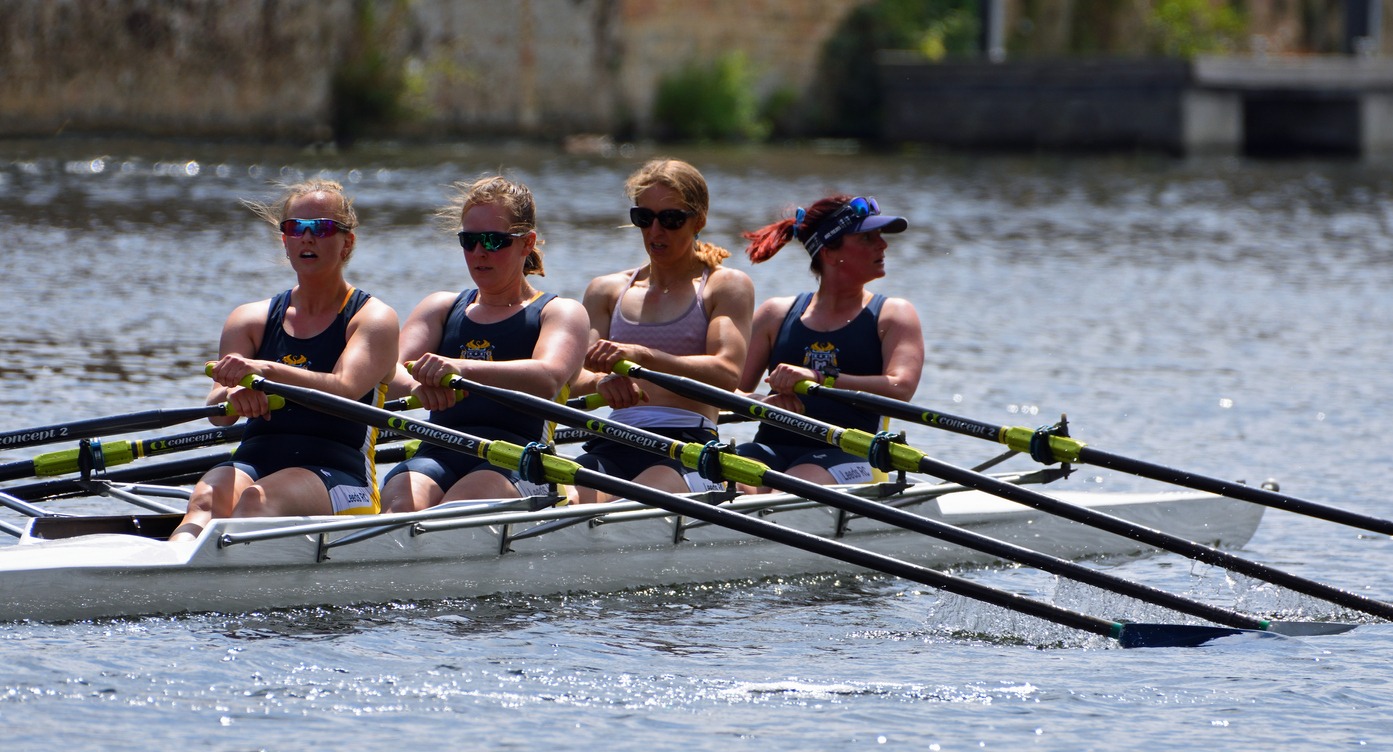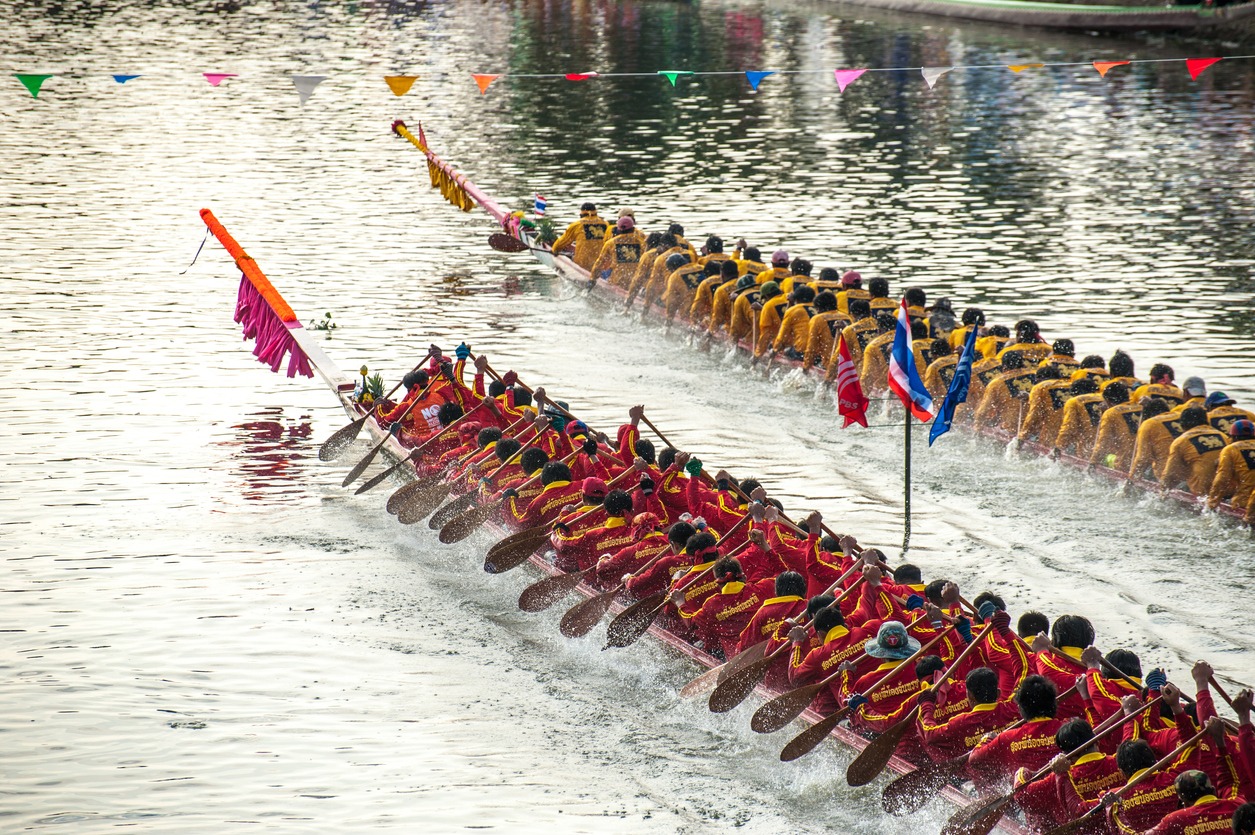Rowers of all skill levels frequently describe rowing as the ideal workout because it uses the muscles in the legs, shoulders, arms, and abdomen. It works out the entire body at once. A rower propels a boat by utilizing a fixed oar as a lever. Rowers compete individually or in crews of two, four, or eight in modern sports.
Rowing was formerly a popular activity played by many people centuries ago, but as other sports like basketball have gained popularity, rowing’s appeal has waned. Despite this, rowing is still done all over the world, and in some places, it is even considered a tradition.
Here are other interesting facts about rowing and its history.
Rowing as a means of transport
Rowing was formerly a popular mode of transportation in ancient Egypt, Greece, and Rome. Between the 17th and 18th centuries, it officially emerged as a sport in the form of the boat race between Oxford and Cambridge universities.
The first documented depiction of rowing as a sport, and not merely a source of transportation, is found on a funerary carving from the 15th century BC for Pharaoh Amenhotep II, who was also reputed to have had exceptional rowing skills. Rowing in its modern form developed in England in the 1700s.
Rowing in the 18th and 19th century
The 1820s saw the start of organized racing at the universities of Oxford and Cambridge in the Henley Regatta in 1839 and the Henley Royal Regatta in 1851, which is still held today. From the 1830s until the 1960s, rowing as a sport grew in Australia and Canada. At the same time, it gained popularity in Europe and the US.
The first races between Harvard and Yale universities took place in 1851, and the first amateur open regatta was held in 1872. Sculling was a well-liked activity for professionals all through the century.
During this time, amateur and professional local and national organizations were established, and the International Rowing Federation, or FISA, was established in 1892. Rowing competitions for crews of eight, four, and two. Since 1900, men have competed in rowing events at the Olympic Games, and women have done so since 1976.
As in England, professional wagering matches in North America during the 19th century attracted sizable crowds. In 1838, the Narragansett Boat Club was established exclusively for rowing. The oldest surviving survivor of the 1772 Gaspee Raid was in a longboat on wheels being pulled by a group of boatmen during a parade in Providence, Rhode Island, in 1837. They bragged to the audience that they were the Bay’s swiftest rowing team. Locals from Providence took offense to this and challenged them to a race, which they easily won. The core group of those six individuals later founded NBC in 1838. Detroit Boat Club is the second-oldest rowing club in the United States that has been in continuous operation since its founding.
On the other hand, Harvard-Yale Regatta has competed annually since 1852, making it the oldest intercollegiate sports event in the country, except for pauses caused by war and the COVID-19 pandemic.
Founder of the Modern Olympics
Rowing is regarded as one of the original sports in the current Olympics Games since Baron Pierre de Coubertin, the founder of the Modern Olympics, was also a rower. He also based the International Olympic Committee on the Henley Stewards when he designed the Modern Olympics. The stewards were the ones who organized one of the rowing’s most important competitions, the Henley Royal Regatta.
Rowing Sports Winners
The USA is the only nation to have won back-to-back men’s eight gold medals at every Olympic Games from 1920 to 1956. Jamie Koven became the first American to triumph in the men’s single sculls in 1997.
In 1999 and 2004, American men made history by winning a gold medal. In 2008, the US women won a gold medal in the Olympics.
The athlete of the century and arguably the best rower was Sir Steve Redgrave of Great Britain. He has won gold at five Olympic Games and is a six-time world champion. After Sir Steve Redgrave, who also won five gold medals at the Olympic Games from 1984 to 2004, Elisabeta Lipa of Romania was the next in line. On the other hand, Dr. Benjamin Spock, a well-known pediatrician, had previously competed in the Olympics as a rower and had won a gold medal in the “eight.”
The majority of rowing’s history has seen men dominate the sport. Although they were first permitted to participate in competition at the 1976 Montreal Olympics, women first took up rowing in the fifteenth century. Over 50 peasant women participated in a regatta held in Venice when an Italian duchess arrived in the late 1400s. Women first began rowing competitively in the 19th century.
Modern Rowing
When London’s ferry and taxi boatmen started competing against one another across the Thames River for cash awards provided by the London Guilds, modern rowing got its start.
The Paralympics only started rowing in 2008 in Beijing, China. Rowers of both genders took part in the competition. Four boat classes totaling more than 1,000 meters each made up the sport. Instead of the sport adjusting to the person, as is the case with most sporting events, adaptive rowing is used in the rowing at the Paralympics. It implies that the boat and the equipment are made to fit the athlete, not the other way around.
Rowing Events and Competitions
Since 1715, The Doggett’s Coat and Badge has been the oldest-known rowing competition that is in existence. On London’s River Thames, a race is held between London Bridge and Chelsea Harbor.
Boat clubs formed at British public schools like Eaton around the end of the 1700s, which led to the beginning of amateur rowing contests. The first known university rowing race was at Oxford between Brasenose College and Jesus College. University rowing has been popular in England since it started there in the late 1700s.
One hundred fifty (150) nations presently have rowing federations in the sport on six continents. The Boat Race and Henley Royal Regatta in the United Kingdom, the Australian Rowing Championships in Australia, the Harvard-Yale Regatta and Head of the Charles Regatta in the United States, and the Royal Canadian Henley Regatta in Canada are just a few examples of major domestic competitions held in dominant rowing nations. In each country, there are numerous different championships for racing between clubs, schools, and institutions.
Rowing Sports to Celebrities
Many famous people, like Bradley Cooper, the Winklevoss Twins, Anderson Cooper, Edward Norton, Stephen Hawking, and Hugh Laurie, are fond of rowing. Even the legendary Helen Keller, who was blind and deaf, loved to row. A friend steered the boat as she row. Theodore Roosevelt also rowed crew at Harvard before serving as the 26th president of the United States.
In conclusion, rowing allows you to move more slowly while still reaping many of the health benefits. Calories are burned in an hour just by moving at a speed of about five miles per hour. We hope the history of rowing broadens your understanding and deepens your passion for the sport. Moreover, now is the time to row your boat gently, skillfully, and passionately.



